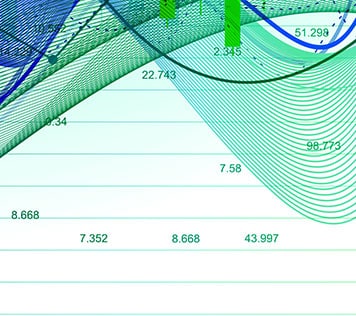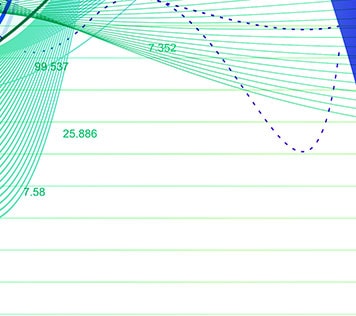Cultivate evergreen value with AI and data has been saved

Close
Insights

How AI agents are reshaping the future of work
Expanded use cases and impact from GenAI
false

Close
Insights

A clear path to evergreen value: Data observability
Create transparency in your modern data infrastructure
false

Close
Insights

Treating data as a product in the era of GenAI
Break up the data monolith to derive greater value with data products
false

Close
Insights

Grow through every season with evergreen operations
Nurturing continuous value through a new approach to managing AI and Data
false

Close
Insights

When stars align for Evergreen growth and value
AI, data, and analytics program challenges get easier with more effective DataOps in play
false

Close
Insights

Beyond Cost Savings: The Path to Unlocking Evergreen Value
A new approach to supply chain, finance, and HR operations
false

Close
Insights

Machine Learning Operations with Impact
Drive business outcomes with enterprise adoption of AI
false

Close
Insights

A Breakthrough Approach to Digital Transformation
Delivering breakthrough outcomes from intelligent automation
false

Close
Insights

Automation with Intelligence
Scaling automation programs through broader toolkit implementation to deliver on organization transformation goals
false

Close
Insights

Consider an Evergreen Approach to AI
Leaders can contemplate a series of key actions toward evolving AI and autonomous processes for their enterprises
false

Close
Insights

Operate with Deloitte: Meet the new shape of business
Keeping pace with talent and technology progress requirements to transform and operate critical functions
false

Close
Insights

Leveling up the AI center of excellence
It’s time to move from ad hoc to all in Artificial intelligence (AI), data, and analytics are central to all strategic imperatives.
false

Close
Insights

New roles and opportunities for today’s IT leadership
Cultivate value through AI solutions and data operations
false

Close
Insights

The wizard of ops: Data operations transformation
Brains, heart, and courage for DataOps teams
false

Close
Insights

How AI can help hospitals strengthen their financial performance and reduce clinician burnout
By embracing AI-driven solutions, health care systems can take a proactive stance in tackling the challenges at hand and create significant value for their patients, employees, and operations.
false

Close
Insights

Business intelligence and data to insights at scale
Unlock your potential with an innovative data and analytics platform
false





















